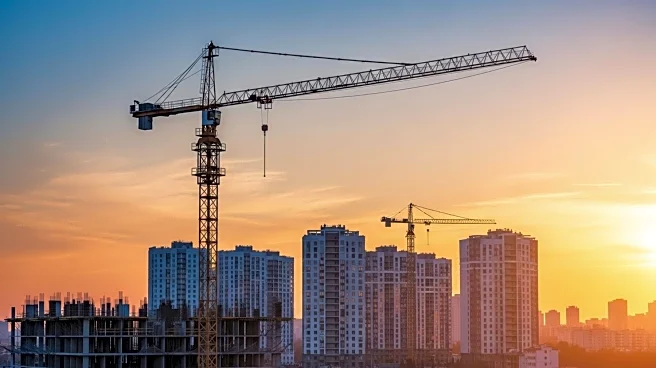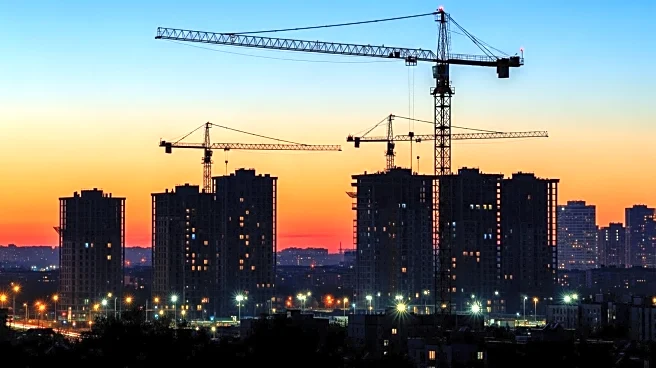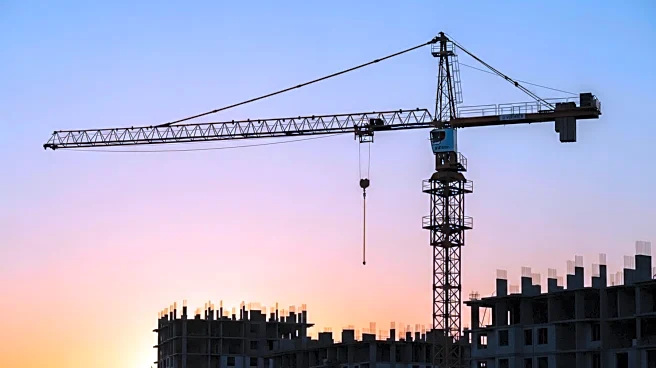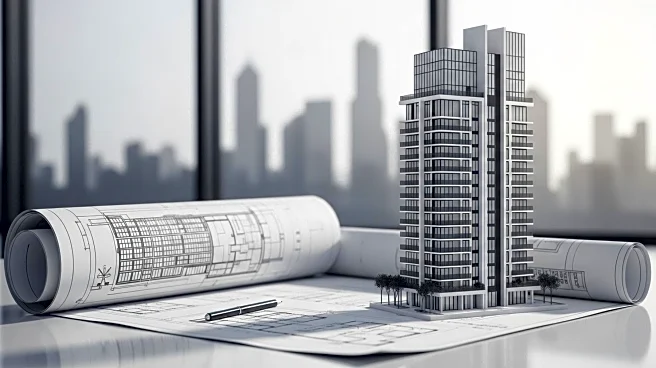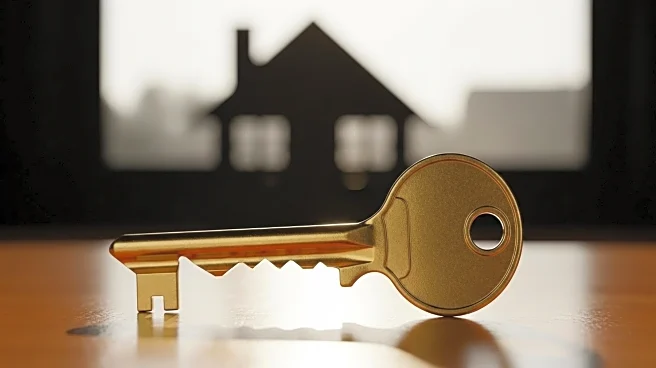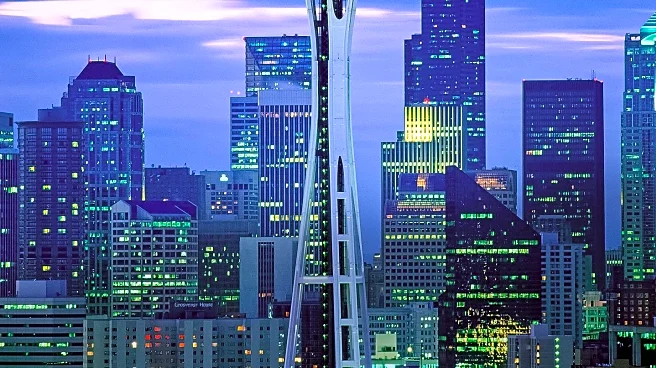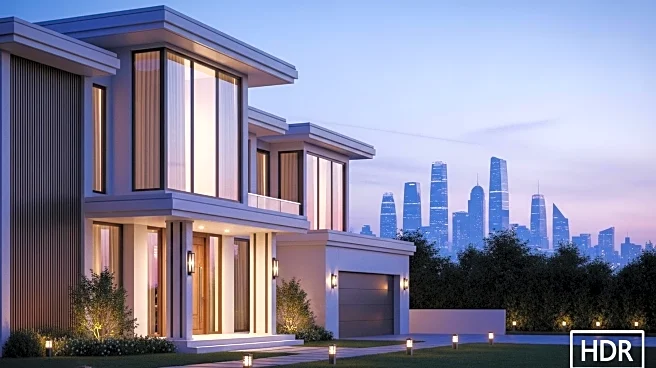What's Happening?
North Jersey is experiencing a significant increase in apartment construction, with new rental buildings emerging rapidly across the region. RentCafe estimates that New Jersey will complete 13,195 new apartment units by the end of 2025, with North Jersey municipalities like Newark, Hackensack, Bayonne, East Hanover, and Weehawken leading the state in construction. This surge is driven by high rental demand, resulting in rising prices for these new communities. A map has been created to track newly constructed apartment buildings in North Jersey, detailing their locations, estimated monthly rent ranges, and rental community websites.
Why It's Important?
The boom in apartment construction in North Jersey reflects broader trends in urban development and housing demand. As rental prices continue to rise, affordability becomes a critical issue for residents, potentially influencing migration patterns and economic stability in the region. The increase in rental units may also impact local infrastructure and services, necessitating adjustments in urban planning and resource allocation. Additionally, this trend highlights the growing importance of rental housing in meeting the needs of diverse populations, including young professionals and families seeking flexible living arrangements.
What's Next?
As new apartment buildings continue to be constructed, North Jersey may face challenges related to infrastructure and community services, requiring strategic planning and investment. The real estate market will likely see increased competition among developers and landlords, potentially leading to innovations in amenities and rental offerings. Policymakers may need to address affordability concerns and ensure equitable access to housing for all residents. Furthermore, ongoing monitoring of rental trends and market dynamics will be essential to adapt to changing demands and economic conditions.
Beyond the Headlines
The surge in apartment construction may have long-term implications for North Jersey's cultural and social landscape, as new communities form and existing ones evolve. This development could influence local businesses and economies, as increased population density drives demand for goods and services. Additionally, environmental considerations may come into play, as urban expansion impacts natural resources and sustainability efforts.
